Disclosure: This article contains affiliate links. We may earn a commission from purchases at no extra cost to you, which helps our travel content.
As someone who's spent most of my travel life balancing work calls with family adventures, the concept of a purely solo trip felt almost indulgent. Yet there I was, watching the technicolor buildings of Willemstad's waterfront come into view as my plane descended into Curaçao. After a particularly grueling quarter launching a new e-commerce platform, I needed space to reset without juggling schedules or responsibilities. What I didn't expect was how this vibrant Dutch Caribbean island—particularly its capital city—would offer not just solitude when I needed it, but also a surprising sense of community that reminded me why I fell in love with travel in the first place. Over seven days, Willemstad transformed from a random pin on my map to a place where spontaneous conversations at local cafés led to underwater adventures, and where the island's unique blend of cultures provided both the excitement of discovery and the comfort of connection.
Why Willemstad Called to Me
Let me start with a confession: Curaçao wasn't initially on my travel radar. After my transformative experience in Kenya years ago, my destinations typically revolved around either wildlife encounters or emerging tech scenes I could write about. But sometimes the universe has different plans.
I was scrolling through photos of a colleague's recent Caribbean trip when a particular image stopped me mid-swipe—a row of candy-colored Dutch colonial buildings lining a harbor, their reflections dancing in turquoise water. It was Willemstad's famous Handelskade waterfront, and something about those cheerful facades against the deep blue Caribbean sky spoke to me.
The timing couldn't have been better. I'd just wrapped up a massive e-commerce integration project that had consumed six months of my life. My brain needed a complete change of scenery—somewhere with enough infrastructure to stay connected (old tech habits die hard), but with a distinctly different cultural vibe to shake me out of my Oklahoma City routine.
What sealed the deal was learning about Curaçao's unique position as a melting pot of over 50 nationalities, with influences spanning Dutch, Spanish, Portuguese, African, and indigenous cultures. As someone with mixed heritage myself, I've always been drawn to places where cultural boundaries blur and blend. Add in year-round sunshine (a welcome escape from Oklahoma's unpredictable spring weather), a walkable historic center, and the promise of world-class diving, and my decision was made.
I booked a modest but well-reviewed boutique hotel in the Pietermaai District, packed my compact travel backpack, and set off on my first truly solo international adventure in years.
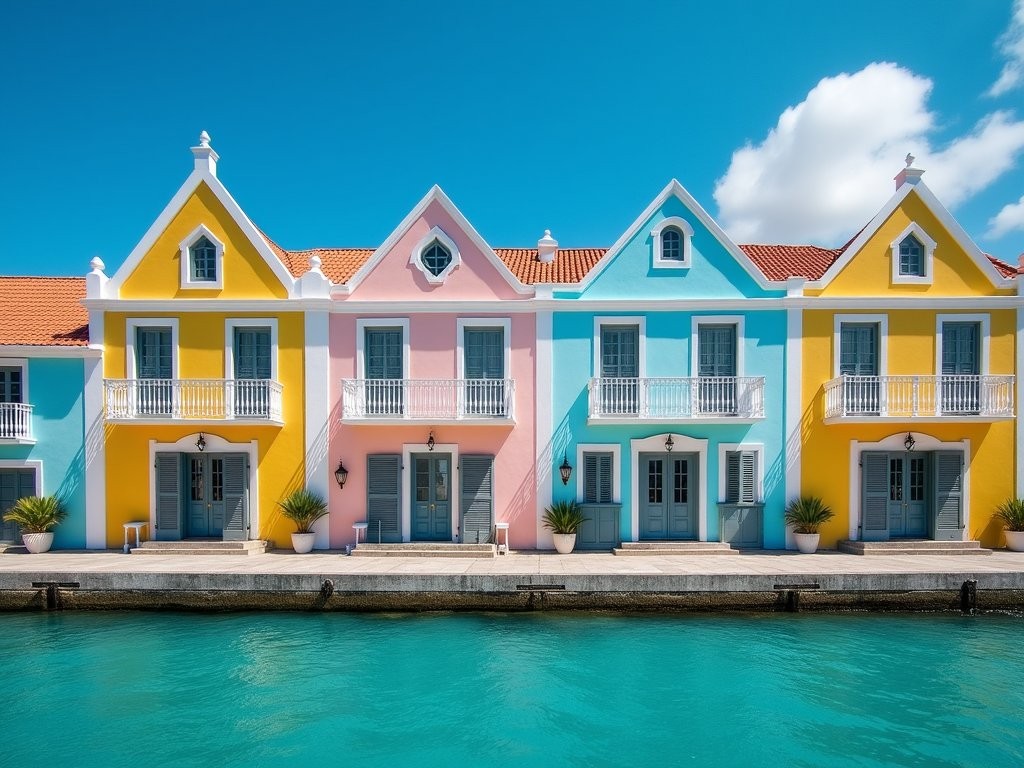
💡 Pro Tips
- Consider visiting during shoulder season (April-May or September-November) for fewer crowds and better hotel rates
- Direct flights to Curaçao from the US are available from Miami, New York, and Charlotte
- The local currency is the Antillean guilder, but US dollars are widely accepted
Finding My Rhythm in Pietermaai
If Willemstad were a person, Pietermaai would be its cool, slightly bohemian cousin who studied art abroad and came back with eclectic tastes and fascinating stories. This once-neglected district has transformed into the city's creative pulse—a place where restored 18th-century mansions house boutique hotels, innovative restaurants, and local art galleries.
I chose to stay at the Scuba Lodge Boutique Hotel, a collection of renovated historic buildings with a laid-back vibe that perfectly matched my needs. My room featured original details like exposed stone walls alongside modern amenities, and the oceanfront infinity pool quickly became my go-to spot for morning coffee and evening reflection.
What struck me immediately about Pietermaai was how it fostered spontaneous interactions. On my very first morning, while photographing a particularly vibrant mural, I met Carlos, a Venezuelan expat and local tour guide. Our casual conversation about street art evolved into an impromptu walking tour where he pointed out hidden gems I would have surely missed—like the tiny hole-in-the-wall serving the island's best arepa di pampuna (pumpkin pancakes).
The district's rhythm became my own. Mornings began with fresh fruit and Dutch pastries at nearby cafés, where I'd map out loose plans while chatting with fellow travelers and locals. Afternoons often found me wandering through the neighborhood's narrow streets, camera in hand, discovering architectural details and popping into shops selling everything from handmade jewelry to locally-produced hot sauces.
As the sun set, Pietermaai transformed again. String lights illuminated courtyards where live music—an intoxicating blend of tumba, jazz, and reggae—spilled onto the streets. At Mundo Bizarro, a quirky bar with retro décor and potent cocktails, I found myself sharing travel stories with a Dutch family, a Brazilian solo traveler, and two American retirees who'd been sailing the Caribbean for the past year.
For someone traveling alone, Pietermaai offered the perfect balance—quiet corners when I needed solitude and vibrant social spaces when I craved connection. My portable Bluetooth speaker became my constant companion, providing a soundtrack for lazy afternoons on my private balcony overlooking the district's colorful rooftops.
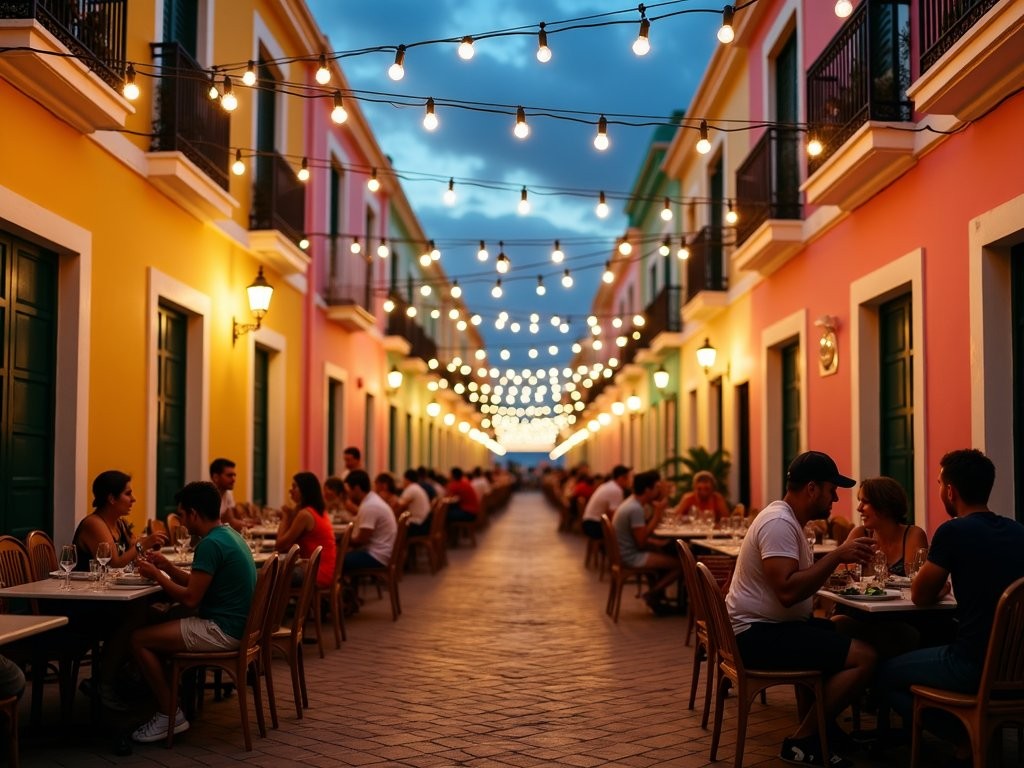
💡 Pro Tips
- Many Pietermaai establishments don't open until late morning—use early hours for photography when streets are quieter
- Book accommodations with kitchen access to take advantage of the local markets and fresh seafood
- Thursday nights feature live music at multiple venues throughout the district
Bridging Cultures in Punda and Otrobanda
Willemstad is essentially two cities connected by the Queen Emma Bridge, a floating pedestrian pathway locals affectionately call the "Swinging Old Lady." On one side sits Punda, the oldest part of the city with its tight grid of streets and colonial architecture. Across the water lies Otrobanda ("the other side"), historically the working-class district that now blends heritage sites with contemporary development.
I dedicated two full days to exploring these districts, starting with Punda's historic core. The morning market along the floating bridge was a sensory overload in the best possible way—Venezuelan vendors selling fresh produce, fishermen displaying their morning catch, and local women preparing traditional dishes right before your eyes. I practiced my extremely limited Papiamentu (the local creole language) while purchasing tropical fruits I'd never seen before, earning patient smiles and occasional gentle corrections from the vendors.
Punda's narrow streets revealed layers of history at every turn. At the Mikvé Israel-Emanuel Synagogue, the oldest continuously used synagogue in the Americas, I joined a small tour led by a community elder who shared stories of the Jewish diaspora that found sanctuary on the island centuries ago. What struck me was how the synagogue's sand floors—a tradition dating back to when Jewish worship had to be silenced during the Spanish Inquisition—represented just one thread in Curaçao's complex cultural tapestry.
Crossing the Queen Emma Bridge to Otrobanda offered a different perspective—both literally (the views of the colorful Handelskade are best from this side) and culturally. While Punda maintains much of its Dutch colonial character, Otrobanda feels more distinctly Caribbean in its energy and expression.
The highlight was Kura Hulanda, a remarkable museum built around a former slave yard. The exhibits tracing the brutal history of the transatlantic slave trade were powerful and unflinching. As someone who has always been interested in how destinations acknowledge difficult histories, I was impressed by the museum's approach—educating without sensationalizing and connecting historical injustices to contemporary conversations about race and identity.
What made these explorations especially meaningful was my pocket translator device that helped me communicate with older residents who primarily spoke Papiamentu or Dutch. Through these conversations, I learned about family recipes passed down through generations, heard firsthand accounts of the 1969 uprising that transformed Curaçao's political landscape, and discovered hidden courtyards where neighbors still gather for dominoes and gossip.
By day's end, sitting at a waterfront café watching the Queen Emma Bridge swing open to allow ships into the harbor, I realized that Willemstad's divided geography creates not separation but connection—a physical manifestation of how cultures here don't simply coexist but actively intertwine.
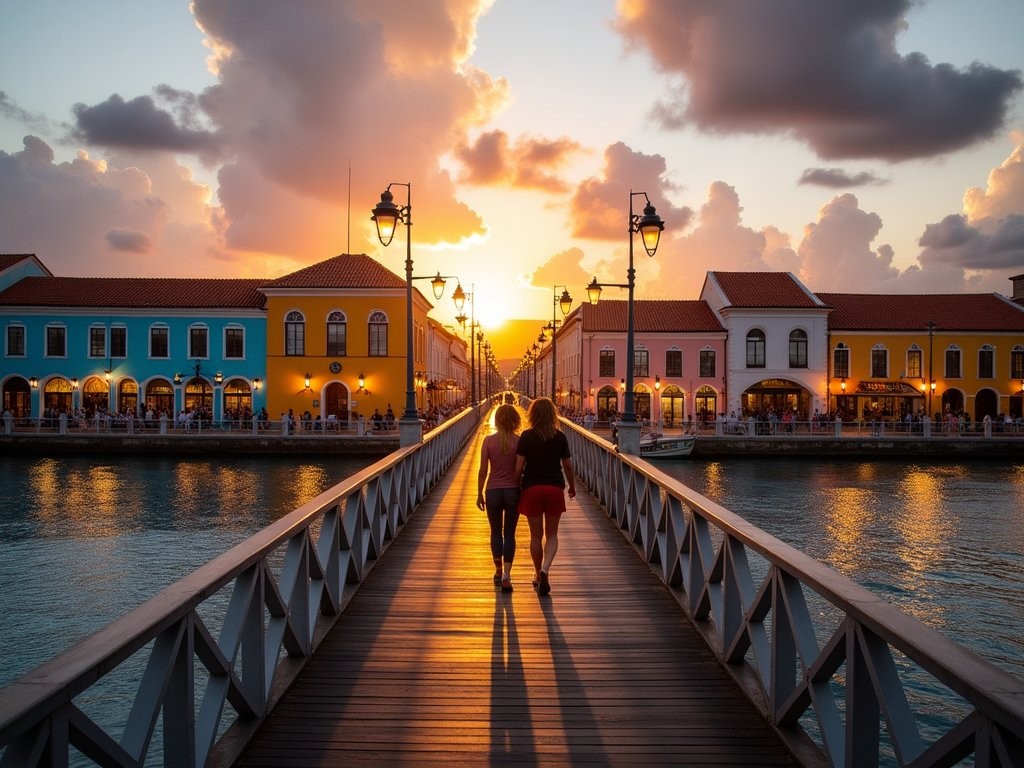
💡 Pro Tips
- The Queen Emma Bridge occasionally opens to let ships pass—if you're caught on the wrong side, free ferry boats operate during these periods
- Visit the Floating Market early (before 10am) for the best selection of fresh produce and seafood
- Many museums offer combined tickets that save money if you plan to visit multiple sites
Underwater Connections at Tugboat Beach
While Willemstad itself offered plenty to explore, I couldn't visit Curaçao without experiencing its legendary underwater world. As someone who discovered the transformative power of wildlife encounters in Kenya years ago, I was eager to see how marine life might affect me similarly.
On my fourth day, following a recommendation from the dive instructor I met at my hotel's bar, I headed to Tugboat Beach on the island's southeastern coast. Just a 20-minute drive from downtown Willemstad, this unassuming spot is home to one of the island's most accessible and rewarding shore dives—perfect for a solo traveler looking to avoid organized tour groups.
The beach itself isn't particularly impressive—a small, rocky shoreline with basic facilities—but what lies beneath the surface more than compensates. I rented equipment from a small dive shop nearby, where the owner, Marcus, spent time explaining the site's unique features. The main attraction is a small tugboat that sank decades ago in shallow water, creating an artificial reef now teeming with marine life.
As someone who prefers independent exploration, I appreciated how this site allowed me to snorkel at my own pace. With my full-face snorkel mask (a game-changer for relaxed breathing and wider viewing), I spent nearly three hours exploring the area, taking breaks on shore when needed.
The tugboat itself, resting in about 15 feet of crystal-clear water, was mesmerizing—completely encrusted with coral and serving as home to an astonishing variety of fish. Yellow-tailed snappers darted through the wheelhouse, while sergeant majors hovered in protective formation over their eggs. A shy octopus played an elaborate game of hide-and-seek among the deck machinery.
What I didn't expect was the social aspect of this solo adventure. In the water, I met a family from Germany who pointed out a well-camouflaged scorpionfish I might have missed. Later, while rinsing my gear, I struck up a conversation with a local photographer documenting the reef's recovery from a recent storm. He invited me to join him and friends for a sunset barbecue right there on the beach—an impromptu gathering that evolved into an evening of shared stories, local rum, and even an impromptu music session when someone produced a guitar.
As stars appeared above us and waves gently lapped against the shore, I found myself in deep conversation with people I'd known for mere hours. We talked about ocean conservation, island politics, and the universal challenges of balancing work with passion projects. It struck me that these connections—spontaneous, authentic, and transcending cultural differences—represent the true magic of solo travel. Without the comfortable buffer of companions from home, I was fully present and open to these unexpected encounters.

💡 Pro Tips
- Bring water shoes for the rocky entry point at Tugboat Beach
- Visit on weekdays to avoid local weekend crowds
- The site is accessible for both snorkelers and divers—no need for a boat or guide if you're comfortable in the water
Digital Nomad Discoveries in Willemstad
Even on vacation, the e-commerce manager in me never fully disconnects. After years balancing remote work with travel, I've developed a knack for scoping out productive workspaces wherever I go. Willemstad surprised me with its emerging digital nomad scene—a growing ecosystem that blends Caribbean laid-back vibes with functional infrastructure for remote professionals.
Number Ten Willemstad became my go-to workspace—a stylish coworking space housed in a renovated mansion in the Pietermaai District. For the price of a day pass (about $15 USD), I enjoyed reliable high-speed internet, excellent coffee, and a community of both locals and international nomads. The outdoor courtyard, shaded by tropical plants and equipped with comfortable seating, proved perfect for answering emails while soaking in Willemstad's perpetual sunshine.
What made this aspect of my trip particularly interesting was connecting with Curaçao's small but vibrant startup community. Through a casual conversation at Number Ten, I was invited to a weekly meetup where local entrepreneurs and visiting professionals share ideas over drinks. At Beyglz, a trendy café with surprisingly fast WiFi, I listened to passionate pitches from young Curaçaoans developing everything from sustainable tourism apps to fintech solutions designed for Caribbean markets.
These interactions offered insights no tourist brochure could provide. I learned about Curaçao's efforts to diversify beyond tourism and oil refining, the challenges of building tech companies on an island with limited resources, and the creative ways locals are leveraging their multicultural connections to access international markets.
For someone accustomed to the startup scenes of Austin and Berlin, witnessing this scrappy island innovation was refreshing. I found myself drawing parallels between these entrepreneurs and the wildlife adaptations I'd observed in Kenya—both demonstrating remarkable resilience and creativity in response to environmental constraints.
My productivity toolkit remained simple but effective: my laptop, noise-canceling earbuds, and my trusty travel power adapter that handled Curaçao's 127V/50Hz European-style outlets without issue. Most cafés and restaurants offered free WiFi, though connection speeds varied widely outside dedicated workspaces.
What struck me most was how easily work and leisure integrated here. A morning of emails might flow into an afternoon snorkel session, followed by an evening discussion about digital marketing strategies with new local friends. This natural blend—impossible in my structured life back home—reminded me why I'm drawn to these working travel experiences in the first place.
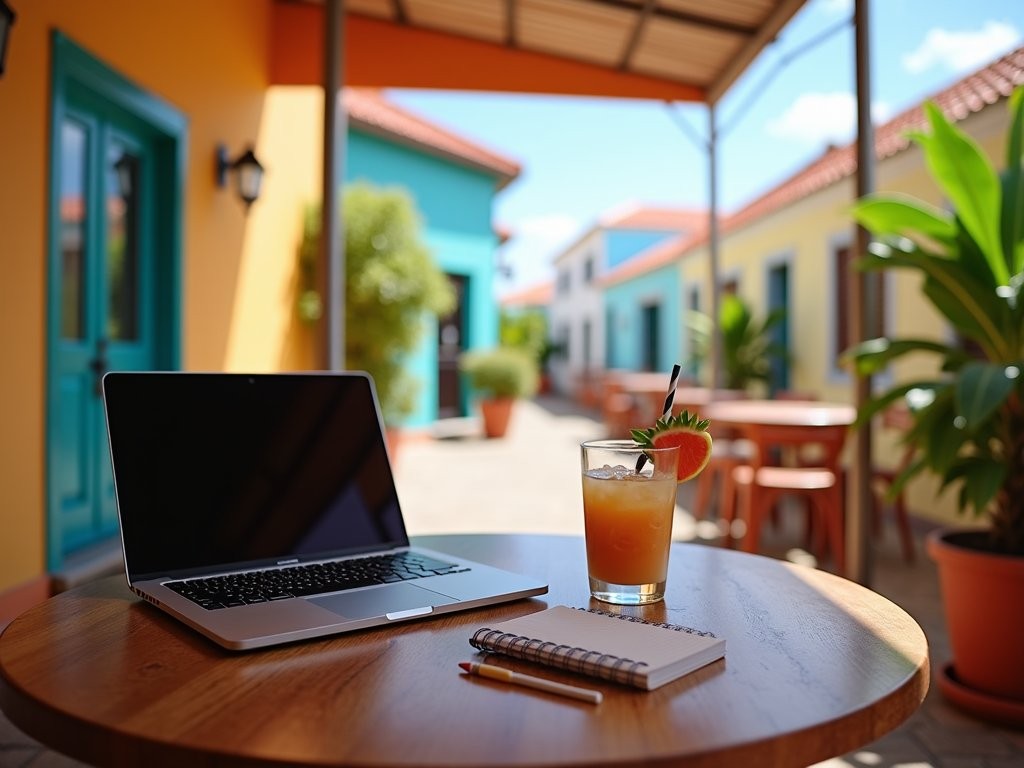
💡 Pro Tips
- Purchase a local SIM card for backup internet—Digicel offers affordable tourist packages with good coverage
- Many cafés limit table time during lunch rush—respect this by ordering food or moving to dedicated workspaces
- The time zone (Atlantic Standard Time) aligns perfectly with US East Coast working hours
Finding My Rhythm Through Local Flavors
If there's one universal truth I've discovered through years of travel, it's that food offers the most direct path to understanding a place's soul. In Willemstad, this principle proved especially true, as the city's complex cultural heritage is perfectly expressed through its cuisine.
Rather than sticking to tourist recommendations, I made it my mission to eat where locals eat. This approach led me to Plasa Bieu (Old Market), a no-frills food hall in downtown Punda where local women have been serving traditional dishes from individual stalls for generations. The setup is communal—long tables shared with strangers who quickly become conversation partners as you navigate the unfamiliar menu together.
On my first visit, I was admittedly overwhelmed by the Dutch-Creole-African fusion options until an elderly gentleman noticed my indecision. "Try the kabritu stobá," he suggested, pointing to a fragrant goat stew simmering nearby. "My grandmother's recipe was better, but this one is still good." This interaction set the pattern for my culinary exploration—local recommendations leading to remarkable flavors and even better stories.
Through these food adventures, I discovered dishes that told Curaçao's history with every bite: keshi yená (hollowed Gouda cheese stuffed with spiced meat—a creative repurposing from plantation days), funchi (a polenta-like cornmeal staple with African roots), and the ubiquitous fresh catch of the day prepared with Dutch-influenced sauces but Caribbean spices.
One evening, following a tip from my hotel's bartender, I found myself at Hofi Cas Cora, a farm-to-table restaurant set in an old plantation house outside the city. Here, I joined a communal dinner where each course came with a story about the ingredients' origins and cultural significance. The chef, noticing my genuine interest, invited me to return the next morning to help harvest herbs and learn about the indigenous plants that form the backbone of the island's traditional medicine.
Even my morning coffee routine became a cultural exploration. At Nieuw Café, housed in a former merchant's home in Otrobanda, the barista explained how Curaçao's position at the crossroads of coffee-producing regions influenced local preferences—stronger than American brews but less intense than espresso, often served with a hint of cinnamon or orange peel.
Perhaps my most memorable meal came from the most unexpected place. Following the sound of music down a residential street in Otrobanda, I discovered a family hosting their weekly "Sopi Saturdei" (Soup Saturday)—an informal gathering where neighbors contribute ingredients for a massive pot of sopí di yuana (iguana soup, believed to have medicinal properties). Despite my initial hesitation, their warm insistence that I join them resulted in not just a unique culinary experience but an afternoon of cultural exchange where my questions about the soup led to conversations about island traditions, family histories, and the changing face of Curaçao.
I documented these culinary discoveries in a dedicated journal, noting not just flavors but the contexts and conversations that surrounded them. My pocket food dictionary proved invaluable for deciphering menus and understanding the historical significance of certain dishes.
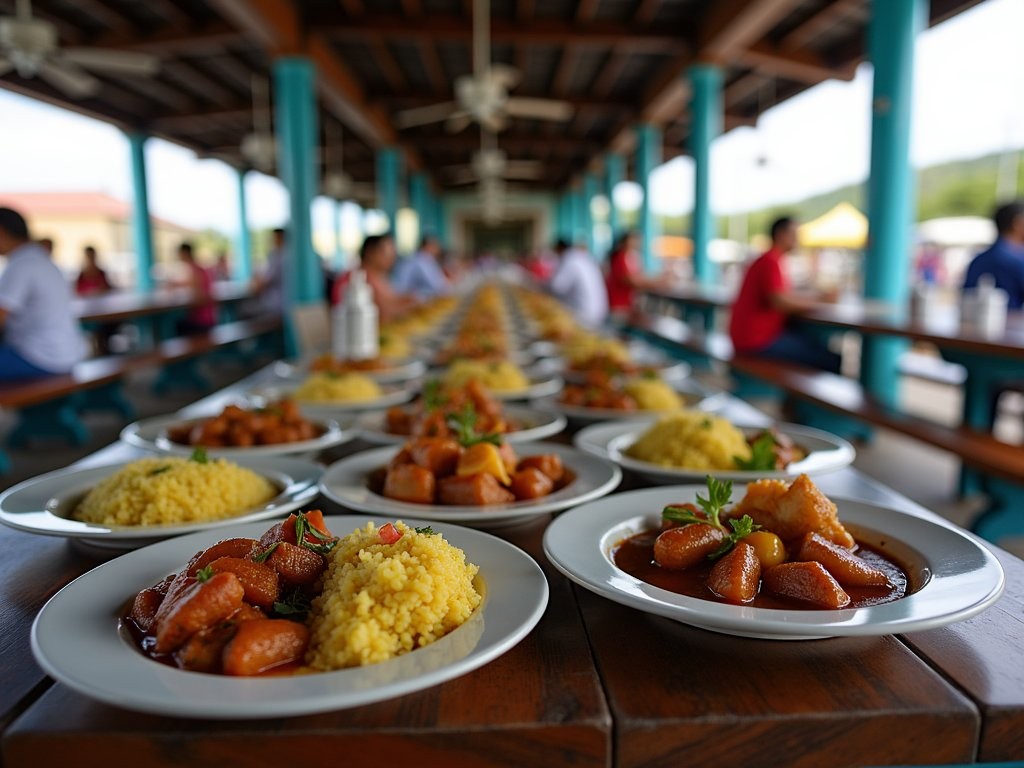
💡 Pro Tips
- Visit Plasa Bieu before 1pm when many popular dishes sell out
- Look for restaurants displaying 'Krioyo' signs—these specialize in authentic local cuisine
- Sunday is family meal day on the island—many local restaurants close, but beach barbecues become abundant
Final Thoughts
As my flight lifted off from Curaçao's Hato International Airport, I gazed down at Willemstad's harbor—those same colorful buildings that had first caught my attention now filled with a week's worth of memories and connections. What began as a simple desire to decompress had evolved into something far more meaningful: a reminder that solo travel doesn't have to mean solitary experiences.
Willemstad taught me that sometimes the most profound connections happen when we're open to unplanned encounters—whether sharing a communal table at Plasa Bieu, discussing island entrepreneurship over local coffee, or joining an impromptu beach gathering after a day of snorkeling. These moments of genuine human connection transcended the typical tourist experience, offering glimpses into the authentic heart of Curaçao.
For those considering their own solo adventure to this Dutch Caribbean gem, I encourage you to approach Willemstad with an open schedule and even more open heart. The city rewards curiosity and spontaneity in ways that rigid itineraries never could. And while the colorful architecture and crystal waters might initially draw you in, I suspect you'll find, as I did, that it's the warmth of unexpected connections that will linger long after your suntan fades.
✨ Key Takeaways
- Solo travel in Willemstad offers abundant opportunities for meaningful connections with both locals and other travelers
- The city's multicultural heritage creates a uniquely welcoming atmosphere for solo explorers
- Balancing structured activities with spontaneous encounters leads to the most rewarding experiences
📋 Practical Information
Best Time to Visit
Year-round, with slightly lower prices May-November (outside peak tourist season)
Budget Estimate
$100-200 USD per day (mid-range accommodations, meals, and activities)
Recommended Duration
5-7 days
Difficulty Level
Moderate
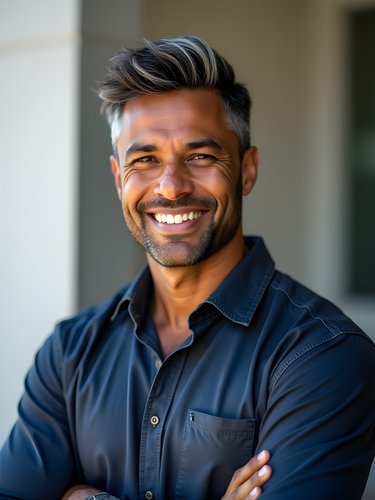
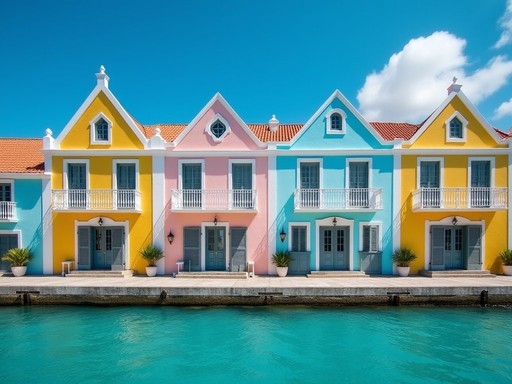
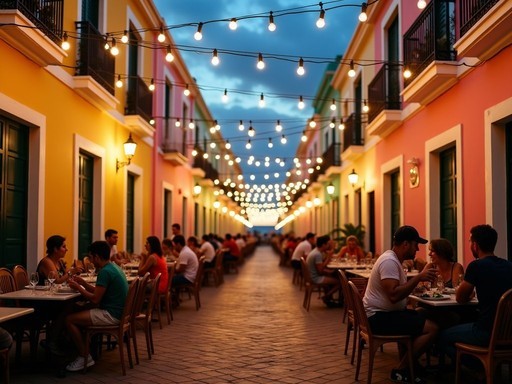
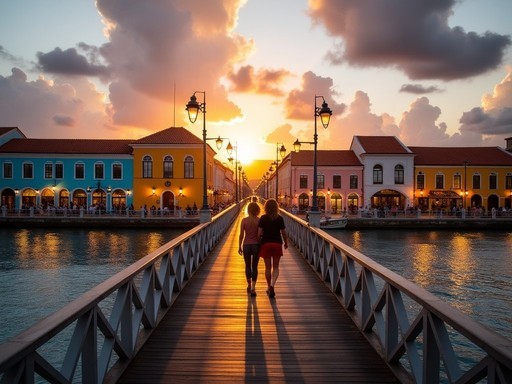
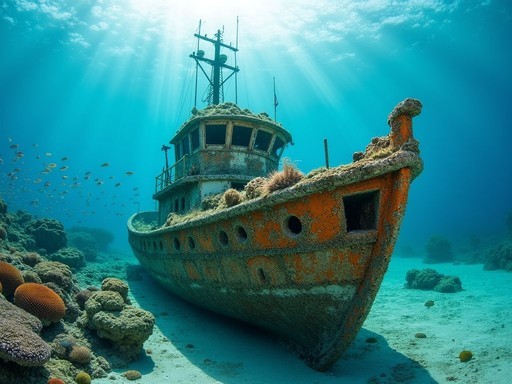
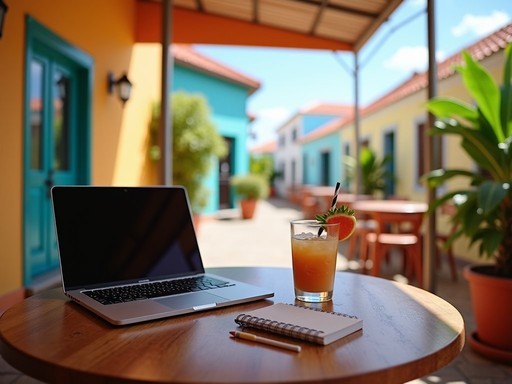
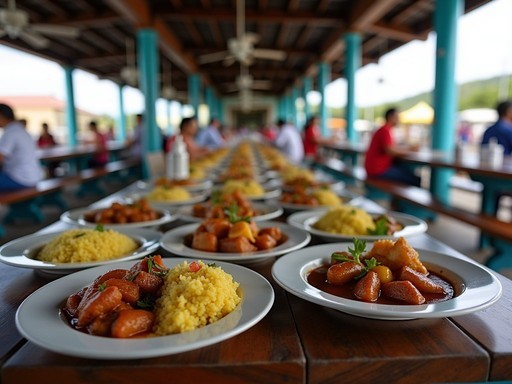


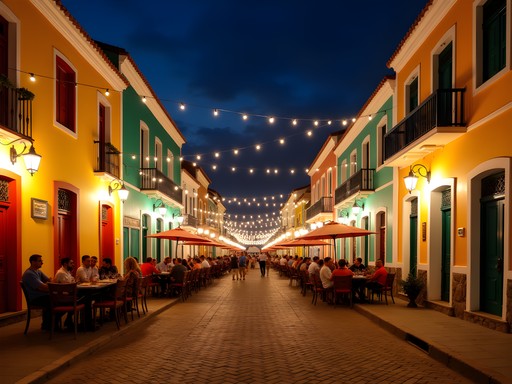
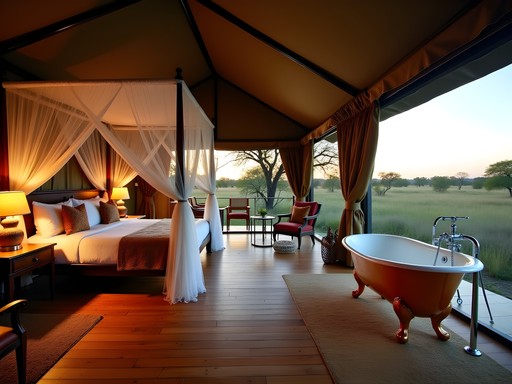
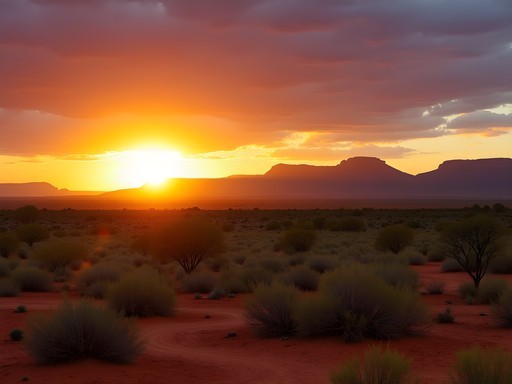


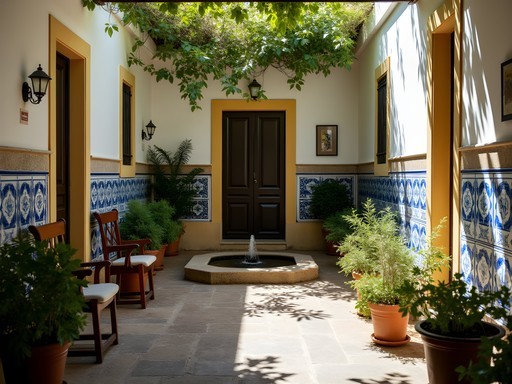
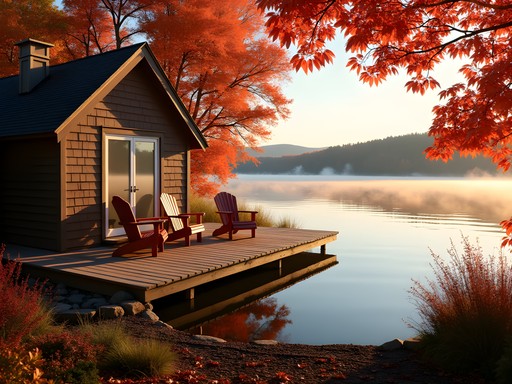
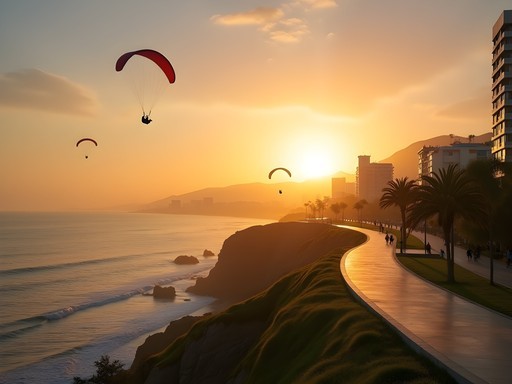
Comments
Kimberly Murphy
What a fantastic post! I visited Willemstad last December and was equally enchanted by those gorgeous painted buildings. The Queen Emma Bridge swinging open for boats was such a fun experience to watch! For anyone heading there, don't miss the floating market where Venezuelan vendors sell fresh produce straight from their boats. Riley, did you make it to Shete Boka National Park? The natural bridges and blowholes there were absolutely mind-blowing - definitely worth the short drive from Willemstad if you have time. Solo travel really does open up different connections, doesn't it? I found myself having dinner with a group of Dutch expats one night who showed me all the local spots tourists usually miss!
hikingpro
Where did you stay in Pietermaai? Looking for recommendations for a 5-day trip.
Riley Griffin
I stayed at a small boutique hotel called Bijblauw - right on the water with a great restaurant attached. Highly recommend!
Sage Dixon
Riley, your experience at Tugboat Beach brought back memories! I was there last spring and the underwater visibility was incredible. For anyone planning to go, I'd recommend getting there early (before 9am) to beat the tour groups. The morning light filtering through the water makes the coral and fish pop with color. Also worth mentioning that the drive along the southern coast to get there offers some stunning viewpoints that are perfect for quick photo stops. I actually met a local fisherman who showed me a hidden cove nearby where we spotted sea turtles. Sometimes the unplanned moments become the highlights!
hikingpro
Did you need to bring your own snorkeling gear or can you rent it there? Planning a trip for next spring.
Sage Dixon
You can rent gear there, but I brought my own full-face snorkel mask which I prefer for longer snorkeling sessions. The rental stuff works fine though!
smartmaster
Those buildings look amazing! Adding to my bucket list!
nomadwanderer
I was in Willemstad last year and also loved the Pietermaai district! Those colorful buildings are even more stunning in person. Did you try the local food at Plasa Bieu? The fresh fish and krioyo sauce there completely blew me away. Definitely agree that it's surprisingly easy to connect with people despite being solo.
vacationrider
Great post! How safe did you feel as a solo traveler in Willemstad? I've been thinking about going but wasn't sure about exploring alone.
Riley Griffin
I felt very safe! The Pietermaai district where I stayed had plenty of people around, even at night. Just use normal city precautions and you'll be fine.
vacationrider
Thanks Riley! That's really reassuring. Might book my trip for January!
adventureace
How many days would you recommend for exploring Willemstad properly? Is a weekend enough or should I plan for longer?
Riley Griffin
I'd recommend at least 3-4 days for Willemstad itself if you want to explore both sides of the harbor, visit museums, and enjoy the food scene without rushing. Add more days if you want to include beach time and underwater activities!
freeclimber
Just booked my solo trip to Curaçao for November after reading this! Any recommendations for budget-friendly accommodations in Pietermaai? Your post really gave me the confidence to go for it!
Jennifer Rodriguez
Not Riley, but I stayed at First Wave Hostel in Pietermaai and loved it! Great community vibe, clean facilities, and perfect location. They have private rooms too if dorms aren't your thing.
freeclimber
Thanks Jennifer! Just looked it up and it seems perfect. Appreciate the recommendation!
travelking
Been to Curaçao twice and still haven't made it to Tugboat Beach. Next time for sure!
Bryce Diaz
Riley, your post transported me right back to my own solo journey through Willemstad three years ago! There's something about those first moments of solitude in a new place that really shifts your perspective. I remember sitting at a café on Handelskade, watching the sunset paint those famous buildings in even more vibrant hues, and having one of those "why did I wait so long to travel alone?" epiphanies. Your section about finding community reminded me of the impromptu beach cleanup I joined at Playa Lagun - ended up making friends with locals who invited me to a family BBQ the next day. Sometimes the best connections happen when you're not trying to force them. Did you find yourself more open to spontaneous experiences while traveling solo compared to your work/family trips?
Riley Griffin
Absolutely, Bryce! Without having to coordinate with others, I said yes to things I might have otherwise passed on - like joining a local family's domino game in Punda or taking an impromptu boat ride with people I'd just met. There's a freedom in solo travel that opens doors in unexpected ways.
Venture X
Premium card with 2X miles, $300 travel credit, Priority Pass